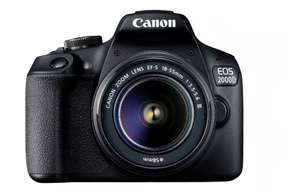
- Home
- Electronics
- Photo & Cameras
- Camera
- Digital Camera

Digital Camera Deals & Offers
8 active deals133,271 commentsAll Digital Camera discounts and offers overview - April 2024

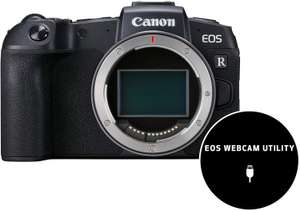
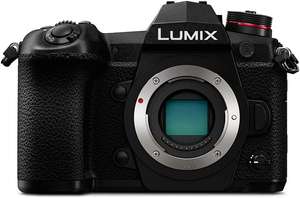
Digital Camera price comparisonPowered by
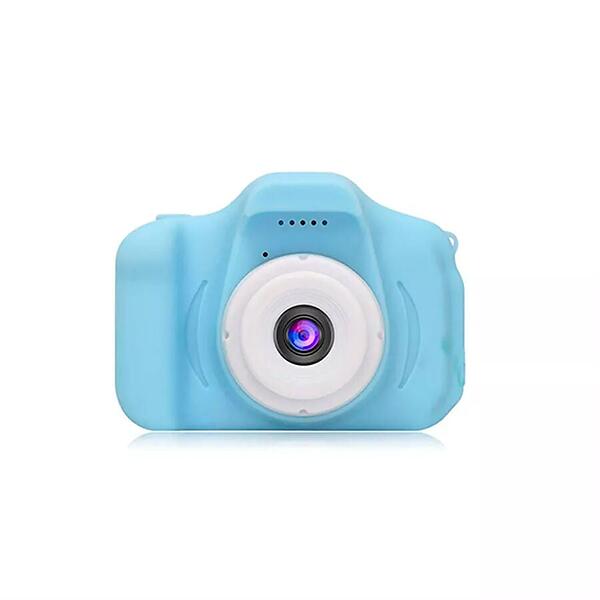 1 offer
1 offer
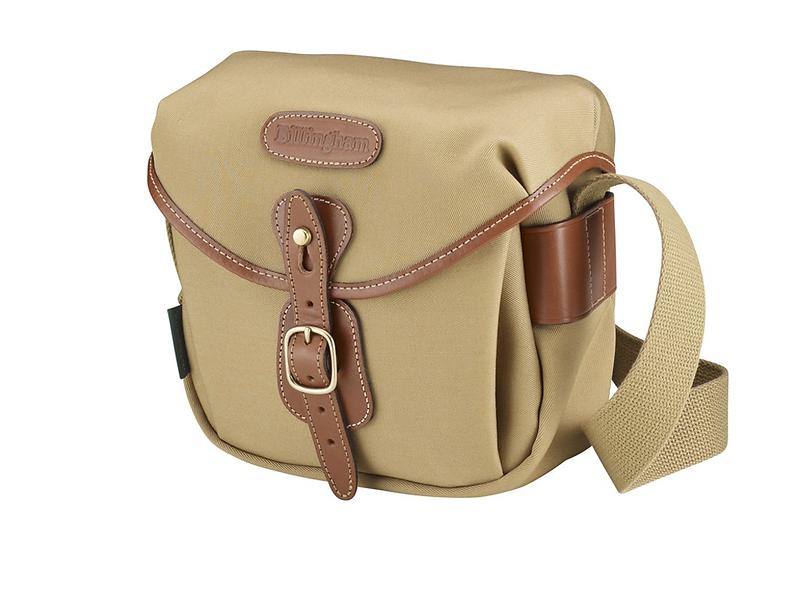 6 offers
6 offers
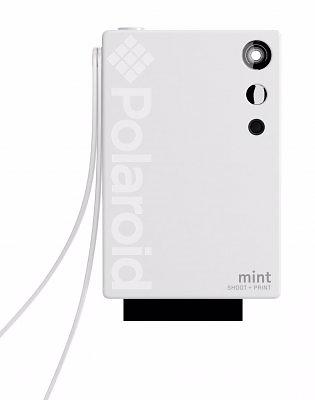 1 offer
1 offer
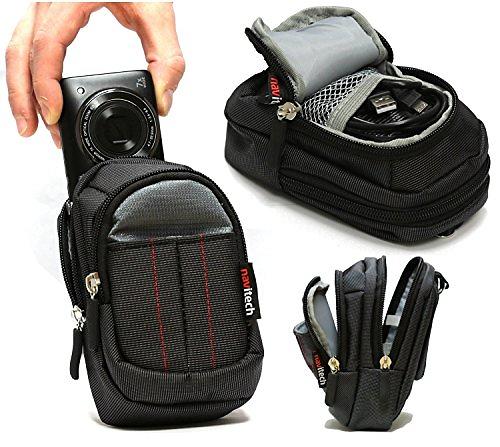 1 offer
1 offer
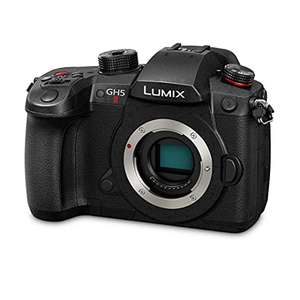

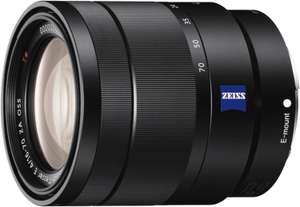
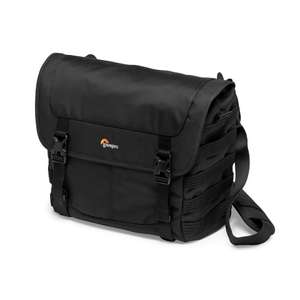
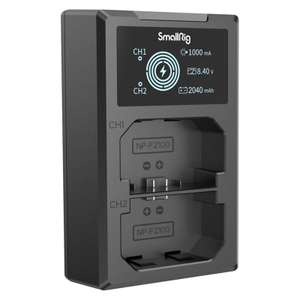
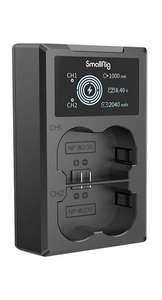
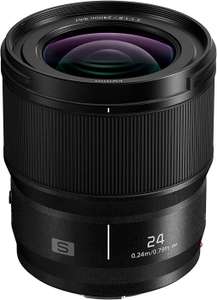
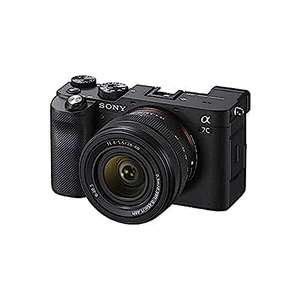
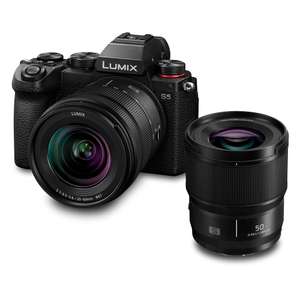
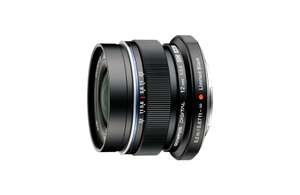
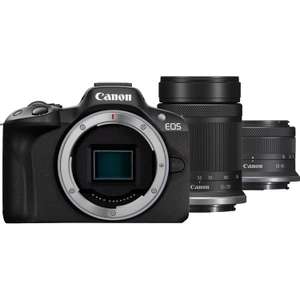
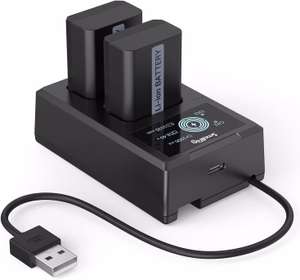

![Panasonic 50mm f1.8 Lumix S L-Mount Lens [White Box] @ Camera Centre UK LTD](https://images.hotukdeals.com/threads/raw/np5cl/4316519_1/re/300x300/qt/60/4316519_1.jpg)
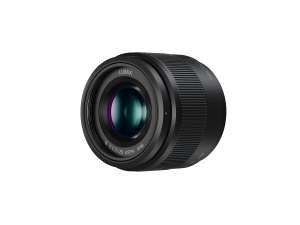
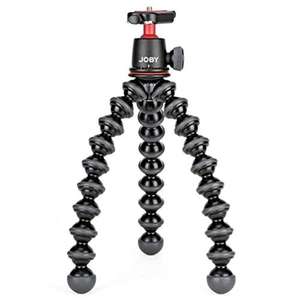
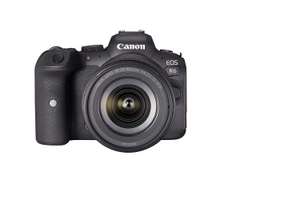
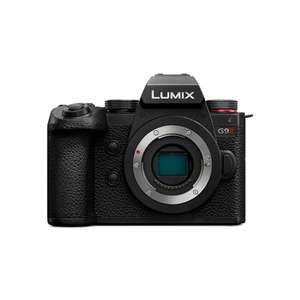
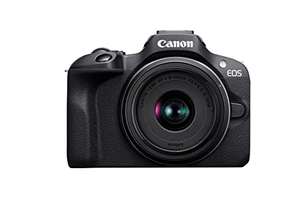
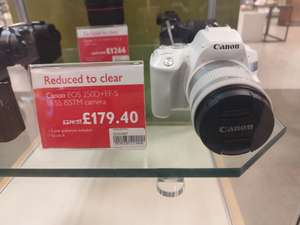
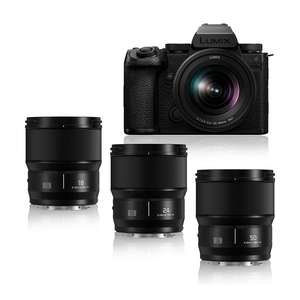
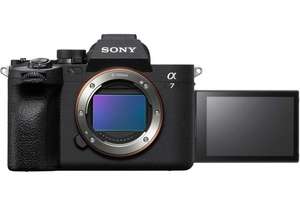
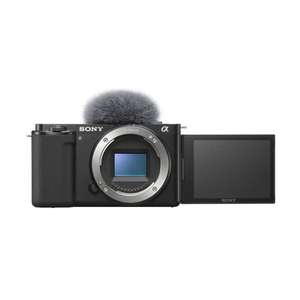
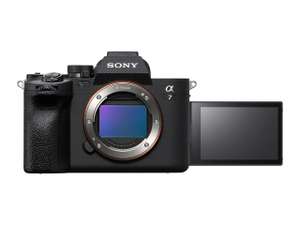
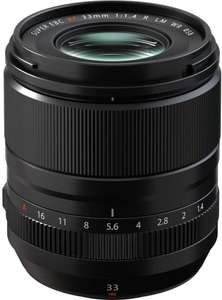
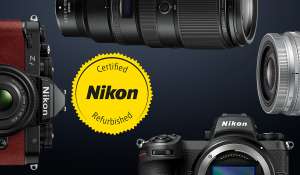
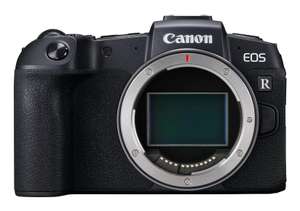
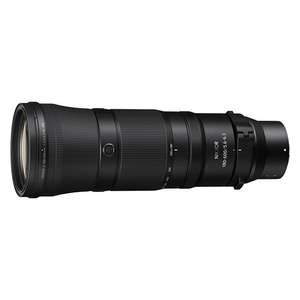
Digital Cameras: Taking Pictures Effortless
What makes a digital camera digital? As opposed to analogue cameras which use film to capture images, digital cameras turn light into data, which can be stored on internal hard disks and then shared, transferred and viewed whenever the photographer feels like it. With their ease of use, range of features and the ability to connect them to social media, tablets, smartphones and computers, digital cameras have quickly become the dominant way to take photos across the world.
The Smart Way of Shooting Photos
Twenty years ago, the idea that digital cameras would have become the dominant way to take photos would have seemed laughable. In those days, most cameras remained film-based. Users would have to buy rolls of film from specialist shops or supermarkets, then take them in to be developed by trained professionals. It was a time-consuming, fiddly (and sometimes intrusive) process that made photography harder and less accessible than it could be.
Although Fuji had pioneered cameras that could store images on internal drives in 1988, the late 1990s really saw digital photography take off with brands like Fujifilm, Nikon, Kodak and Minolta all embracing the technology.
However, even as recently as 1999, a 2.75-megapixel camera could retail for thousands of pounds. Since then, resolution has increased dramatically, even for low-end models. A compact budget camera like the Sony Cybershot, for example, offers 20-megapixel resolution, and more powerful optical zooms than the finest late 90s cameras could offer.
At the same time, digital cameras have become more powerful through their ability to link up with other devices. Wireless cameras allow transmission of photos to laptops. Smartphone cameras enable photographers to take videos or photos whenever they like. Large SSD drives allow you to back up images and use them with other devices. That’s why it’s a golden age for photography.
How Do Digital Cameras Work?
Digital cameras are very different to conventional cameras. They create images by focusing beams of light through a lens (as do ordinary cameras), but this light is collected by a sheet of silicon, which itself contains millions of photosites – sensors that detect even tiny levels of light.
These light levels are then converted by the sensors into packets of data – the raw material for the photographs that you’ll see later. Essentially, what was a real-life scene now becomes an enormous string of code which can be stored, shared and re-assembled as an image almost instantly.
Nikon D5 DSLR - I am Vision

Different Types of Digital Cameras
There are a number of different kinds of digital camera to choose from, which makes it important to choose one that meets your own unique needs. Here are the major types:
DSLRs – Also known as Digital Single Lens Reflex Cameras, DSLRs are extremely versatile, high-quality pieces of kit. Larger and heavier than most other types of digital camera, they are favoured by professionals due to their adaptability and extraordinary resolution. They are designed to fit a wide variety of lens sizes, and often require specialist lenses for different models, which can raise the cost of kitting them out properly. DSLRs are a great choice if you intend to invest heavily in your photography hobby (or career), but tend to be impractical for casual users.
Point and shoot cameras – Also known as Compact Digital Cameras, Point and Shoot cameras are just what their name implies – simple, small, ready to use devices that anyone can pick up and use. They are almost always far smaller than DSLR cameras, but don’t always lack for features because of this. Many come with extremely impressive resolutions and all should offer better than 12MP, with at least 3x zooms. However, be aware that Point and Shoot cameras almost always rely on automatic mode, making it far harder to customise them for specific shooting conditions.
Mirrorless Interchangeable Lens Cameras – Not a million miles away from DSLRs in terms of capabilities, MIL cameras are almost always much smaller, making them very handy for travellers with serious photography aspirations. The size difference is due to the way that DSLRs capture images via a series of mirrors. With MIL cameras, that’s done away with, and electronic viewfinders and LCD screens take their place – an elegant solution.
Bridge cameras – Located somewhere in between compacts and DSLRs or MILs in terms of their features, Bridge Cameras are hybrids. They always come with more customisable settings than pure compacts, offering the user control over things like aperture size and exposure options, tend to have better zooms and higher resolution. They won’t achieve the remarkable clarity delivered by DSLRs, but with less weight and almost as much power, they are well worth considering for pros and amateurs alike.
Smartphone cameras – You don’t need to purchase a digital camera by itself. The vast majority of modern smartphones feature digital cameras, some of which can capture 4K video. If you really need a portable camera and aren’t too worried about capturing masterpieces, a good smartphone camera is often the best option. Good examples include the Sony Xperia Z5, the Moto X Play and the Samsung Galaxy S6, which delivers 16MP resolution – not quite as much as good compact cameras, but not far off.
Webcams – You can also purchase digital cameras (and camcorders) that are designed to work with laptops, desktops and tablets as webcams. Models like the Microsoft LifeCam can be the ideal option for vloggers, businesses who need to video conference or anyone who takes images from their computer desk.
Canon EOS M5 Mirrorless Camera

Important Digital Camera Specifications
When you are purchasing any electronic equipment, you’ll be deluged with specifications, and digital camera adverts are some of the worst offenders. To help you out, here are some of the most important specifications to bear in mind:
Shutter speed – Generally, the faster the shutter speed, the better. A camera with a speed of 6 frames per second (fps) is fine for most people, minimising blur, but 10 fps is now becoming the gold standard. DSLR and MIL cameras will always beat compacts in terms of speed, but most compacts are adequate for everyday photography.
Size – As with all electronics, how a digital camera feels when you hold it is really important. It actually may be more important with cameras, as you need to be steady when capturing a shot, and may need to hold it for some time. Smaller cameras are ergonomic for quick shots, but harder to stabilise in general. You can reach their buttons more easily, but often larger cameras are easier to hold in place. Then again, weight comes into the equation if you are carrying plenty of kit. Tourists generally won’t need a hardcore DSLR camera, and the extra weight could be fatal for enjoying your sightseeing.
Resolution – Measured in megapixels, resolution refers to the number of pixels your camera can capture and is directly related to the quality of the sensor. Most cameras these days can capture over 16MP, but this can be deceptive. Smaller cameras with a 16MP rating will create lower quality images than DSLR cameras with a similar rating, due to a higher number of photo-sensors being crammed onto a smaller chip. Keep that in mind when shopping, and don’t assume that higher numbers mean better performance.
Lenses – If you really want to get the best possible shots, you’ll need to go for cameras that are marketed as “interchangeable”, meaning that you can swap different lens sizes whenever you wish. If you go for a Bridge, MIL or DSLR camera with interchangeable lenses, you’ll be able to take much higher quality images (and have fun experimenting with different lenses). This will come at a cost though, and lenses aren’t cheap.
Zooms – Along with lenses, zooms are a key aspect of any camera. All digital cameras will come with some form of zoom, whether that’s a digital or an optical zoom. If you want to take high-quality images, choose an optical zoom, which uses mirrors to enlarge images, not digital cropping. They tend to be pricier but result in far better enlargements.
Stabilisation – The highest-quality stabilisation (often called Optical Image Stabilisation) is an incredible aspect of modern cameras. By moving things around in the lens automatically, good cameras can respond to movement, maintaining stability and minimising flaws in images. Most cameras won’t have optical stabilisation, though. Instead, they offer digital stabilisation which processes images after the event and has far less effect on the quality of the picture.
Picking a Good Digital Camera for Video Recording
Most digital cameras on today’s market are capable of recording video footage as well as taking photographs, but not all cameras are equal in this regard. What should you look for if you want a camera that is adept at both video and photographic capture?
Firstly, make sure that the camera you are thinking about buying offers autofocus in both video and photographic mode. Many offer one, without the other, usually at the expense of video.
Secondly, you’ll probably want to go for a digital camera that can take 4K video which will deliver noticeably finer resolution and realistic footage. You’ll pay more for 4K, but it’s worth it for the better performance.
Zoom is also vital for videographers. Don’t go for a camera with a couple of zoom settings. Choose one that can give you the freedom you need to home in on your subject. Try to check the zoom physically before you buy as well. Some models make an audible noise when the zoom is changed, which can intrude on your videos.
Finally, pay attention to ergonomics. Shooting video is not the same as taking photos. When you take video footage, you’ll need to be able to hold the camera steady for longer periods, so pick one that you feel comfortable with and that is adapted for video camera work.
Useful Digital Camera Accessories
Accessories are another key area for digital camera buyers to think about, and you’ll find plenty of offers at the HotUKDeals digital camera listings. For example, you could go for:
Tripods – A great option for videographers who intend to make static vlogs or want to steady their picture outdoors are tripods, which are just as handy for taking family portraits or photos of buildings.
Camera bags – digital camera users often have a range of lenses, storage discs, phones and other paraphernalia that needs to be stored as they move around. A good camera bag will keep everything in order and protect your prized digital camera when you are in transit.
Chargers – All digital cameras need to be charged, and it’s frustrating to run out at critical moments. If you travel, think about buying adapters to plug in your camera, laptop and phone at the same time (or USB chargers to connect your camera to your computer). Power banks are a good idea too, offering a supplement to your camera’s charge should it be needed.
Cleaning kits – Keeping lenses clean is vital if you want them to perform well and avoid damage. However, specialist cleaning cloths are needed to safely remove dust and dirt without scratching the fragile surface.
Selfie sticks – if you are the kind of photographer who thrives on taking selfies, a selfie stick makes perfect sense. Choose one that is designed for your digital camera’s dimensions and has a reliable clasp to hold your camera in place.
Digital Camera Deals UK
Whether you intend to buy a top of the range DSLR camera or a tiny compact version, HotUKDeals is the best place to start your search.
At our digital camera listings site you’ll find bargain deals from all of the UK’s biggest camera retailers. Merchants featured at HotUKDeals include Jessops, Argos, Currys, John Lewis, Amazon and Wex – with top brands like Canon, Nikon, Fuji, Sony and Panasonic all represented.
Before you buy, you could also make a note of the camera model and pay a visit to a nearby shop to see it in action. Hold it, try the zoom, and make sure that it’s as comfortable as it needs to be to take great photos and video.
After that, use one of our deals to save huge amounts of money on the finest digital cameras around. You could also try shopping at certain times of year. Black Friday in November is always a good time to shop for cameras, as are the January Sales. There may also be deals to coincide with holiday season in the early summer, as tourists flock to the beaches, so keep your eyes peeled.
Digital Camera Discounts at HotUKDeals
At HotUKDeals, you’ll find every make, model and type of digital camera. From professional-grade DSLR models to tiny compacts and smartphones with advanced high-resolution cameras, the HotUKDeals digital camera listings feature them all. With great deals from major UK retailers, there’s no better place to find a cut-price camera.
